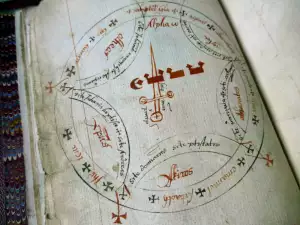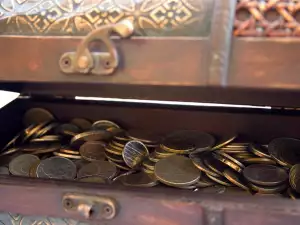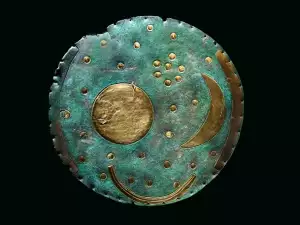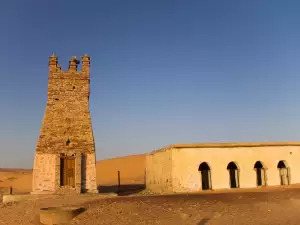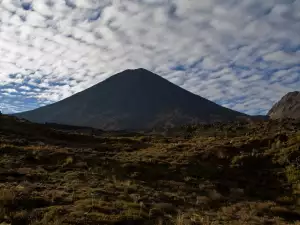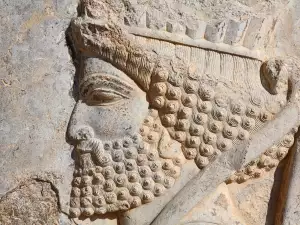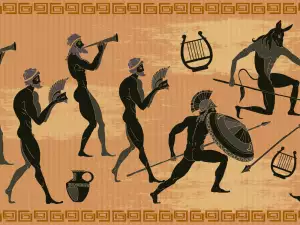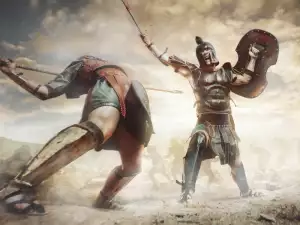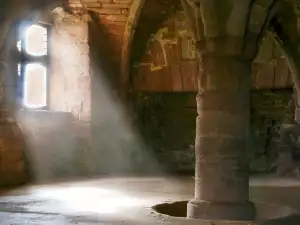A recently translated text from Hebrew sheds light on the mystery of the location of the treasures from King Solomon's Temple and the legendary ark from the Bible - the Ark of the covenant.
According to the translations of the ancient text, the religious artifacts, golden musical instruments and other treasures from the Garden of Eden are found in an unreachable place, which will not be revealed until the day of the Second Coming.
Historical sources say that the Temple of King Solomon, known also as the First Temple, was looted and burned by the Neo-Babylonian King Nebuchadnezzar II during the 6th century BC.
Legend also states that the Ark of the Covenant is hidden in Solomon's Temple, along with the Hebrew king's riches. The stone tablets with the Ten Commandments, the jar of manna and Aaron's rod are stored in the ark as well.
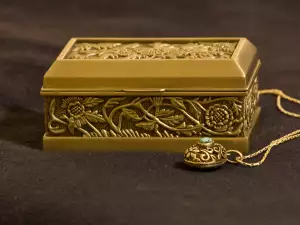
James Davila from the University of St. Andrews explains that according to the translation of the ancient text "Treatise on Ships" the treasures were hidden by the ancient prophets.
It is believed that a large majority of these treasures are located in the lands of Israel and Babylon. The Treatise looks like the Copper Scroll to some extent - one of the Qumran manuscripts, found in a cave not far from Qumran, on the west coast of the Dead Sea. In the scroll there is also mention of hidden treasure, though not from Solomon's Temple.
In the text, there is mention of 77 earrings of gold from the walls of the Garden of Eden, which have a brightness equal to the glow of the Sun and the Moon.
The text also talks about 46 precious stones, a huge amount of pearls and 12 000 highly valuable robes.
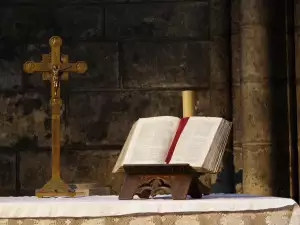
The Treatise is a part of a book published in Amsterdam in 1648, titled "Emek Halachah". In 1876, the scholar Adolf Jellinek published another copy of the text, almost identical to the 1648 version. Davila was the first to completely translate the text into English.
The author of the first text had no intention of showing the factual locations of the hidden Solomon treasures, but instead wrote a literary work based on various stories from legend.

